-
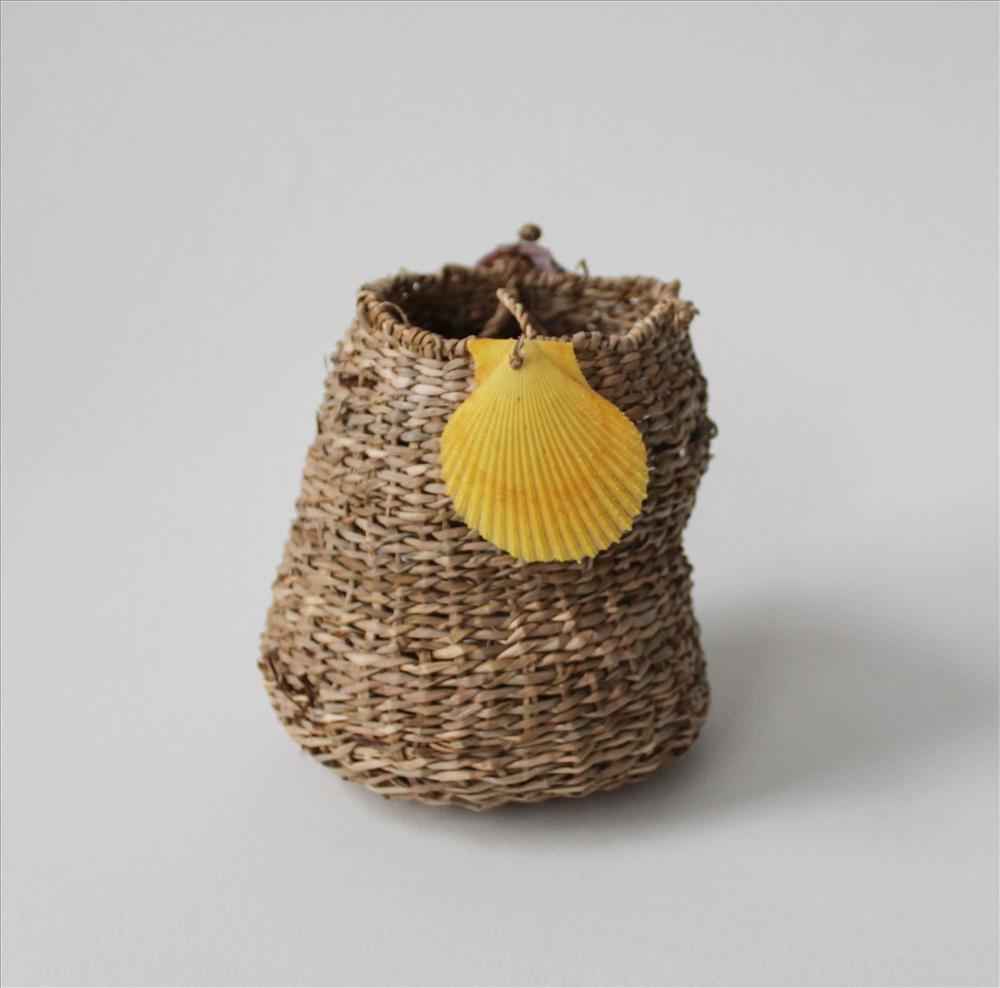
Handwoven Basket
$280.00 Baluk Arts -
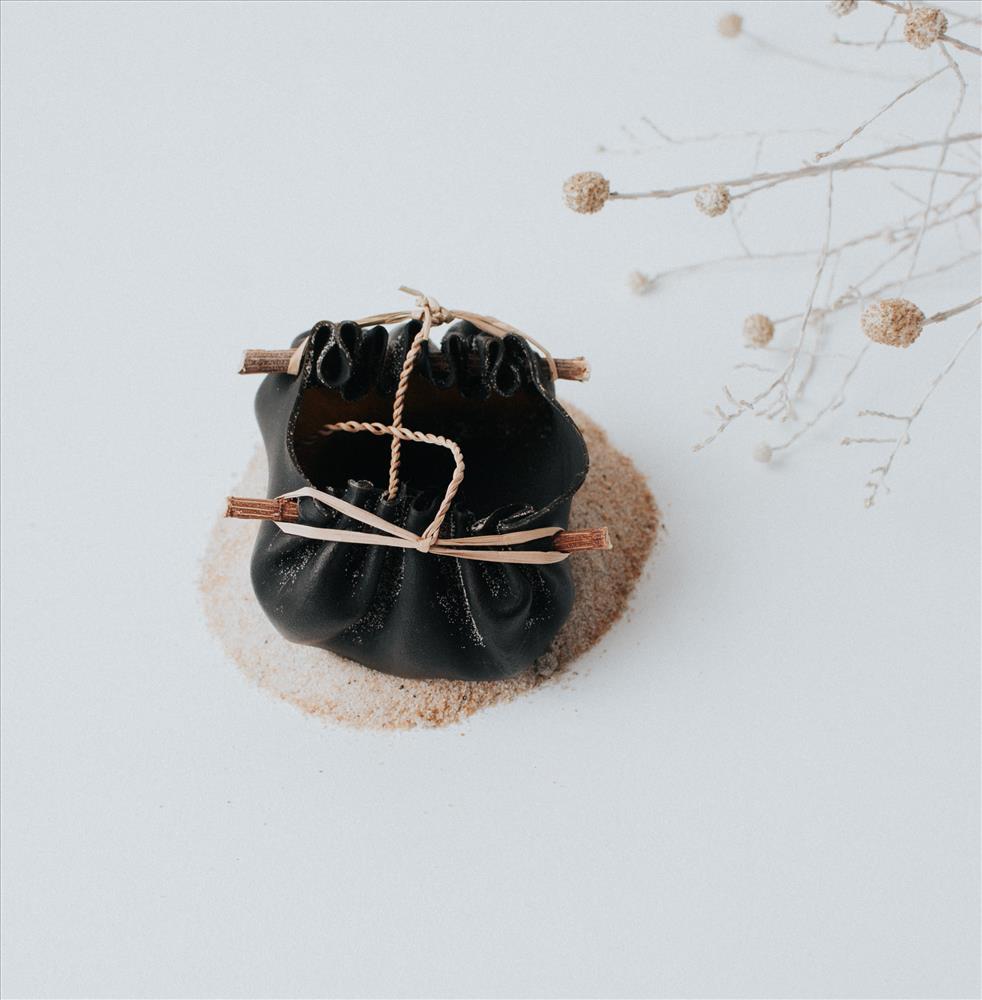
Kelp water Carrier
$420.00 Baluk Arts -
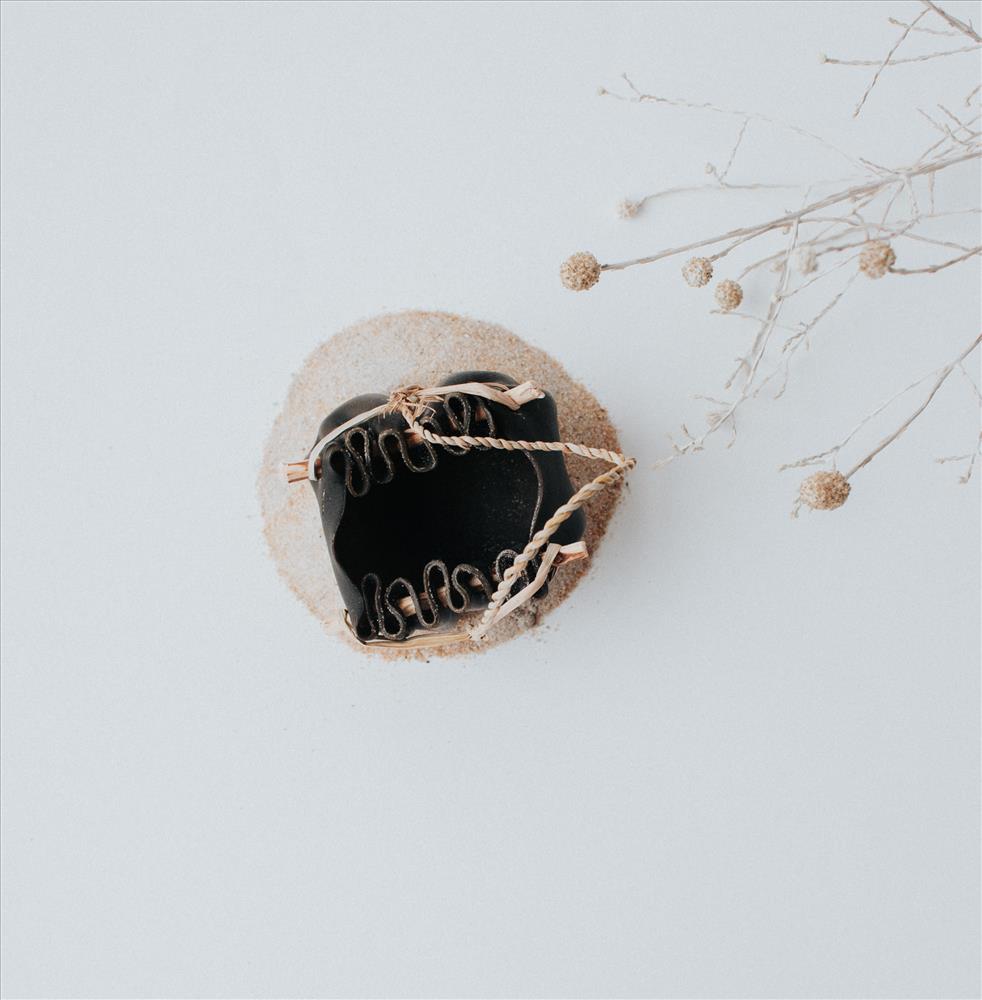
Kelp Water Carrier
$340.00 Baluk Arts -
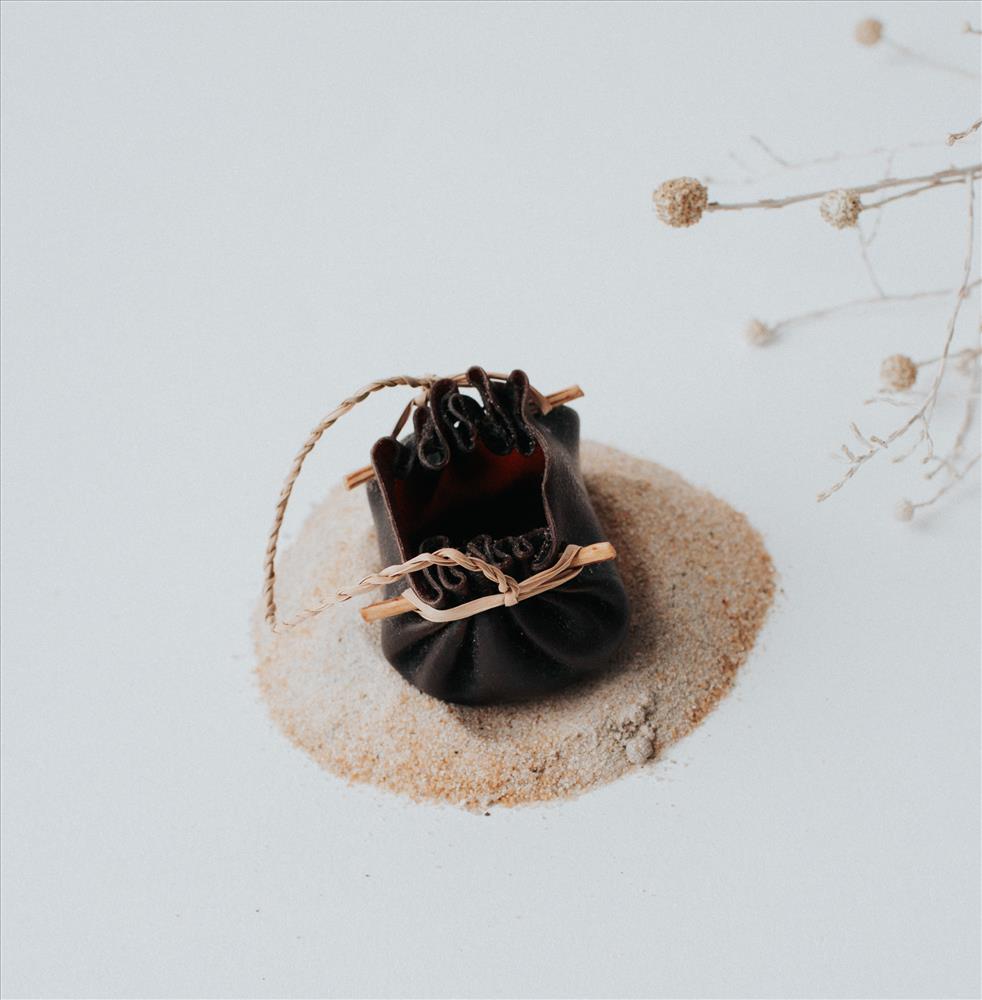
Kelp Water Carrier
$250.00 Baluk Arts -

Kelp Water Carrier
$220.00 Baluk Arts -
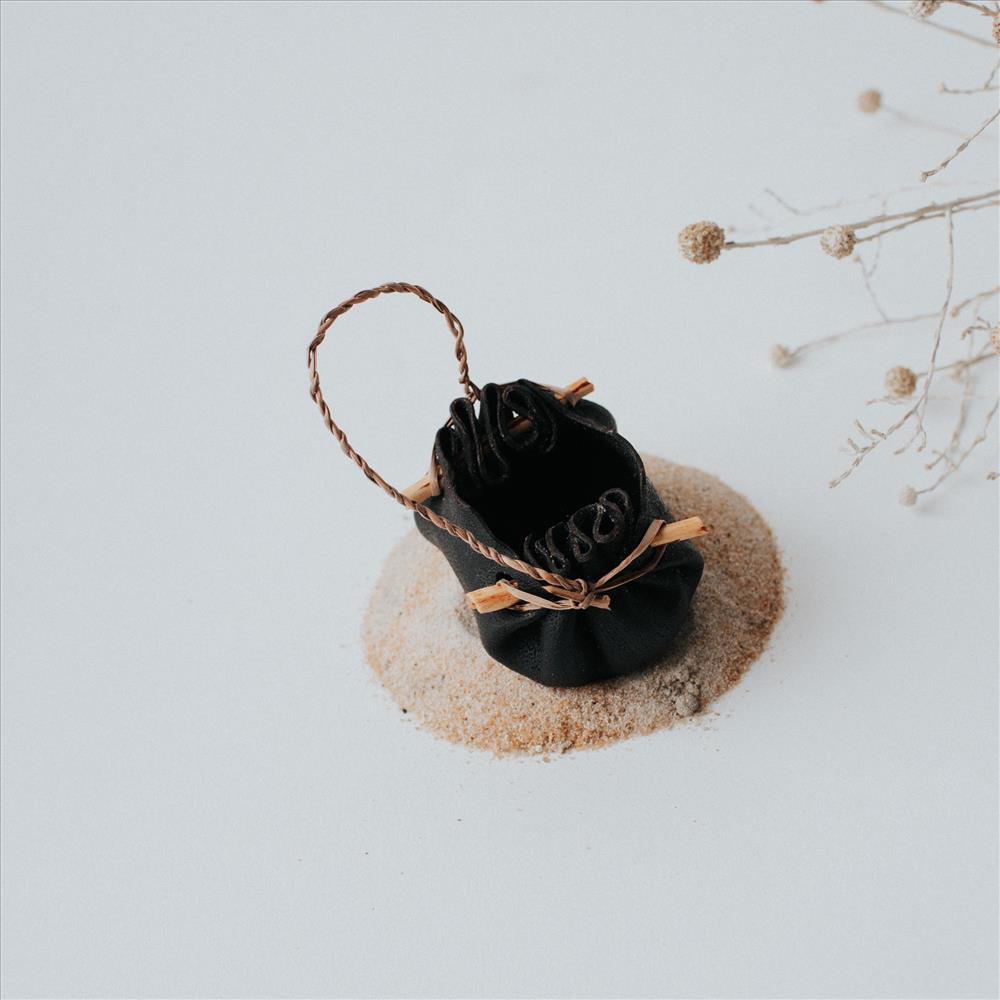
Kelp Water Carrier
$160.00 Baluk Arts -
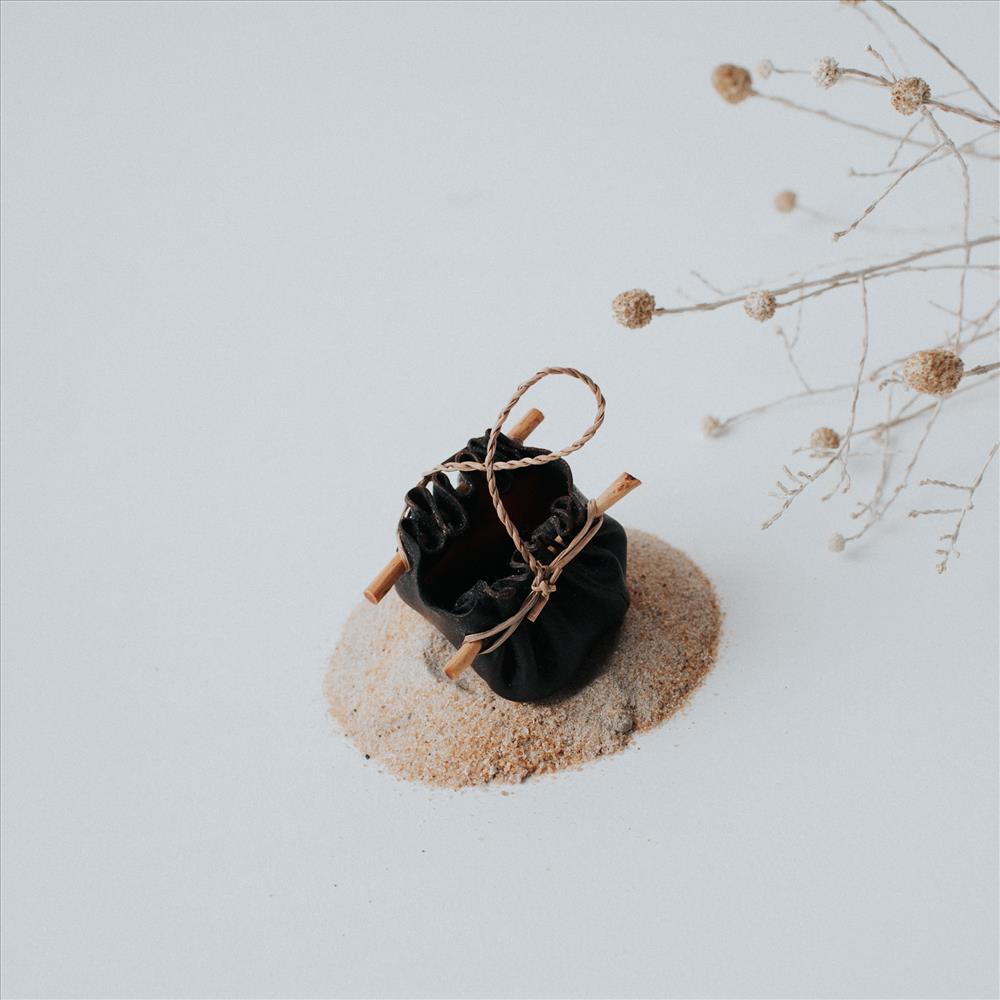
Kelp Water Carrier
$155.00 Baluk Arts -
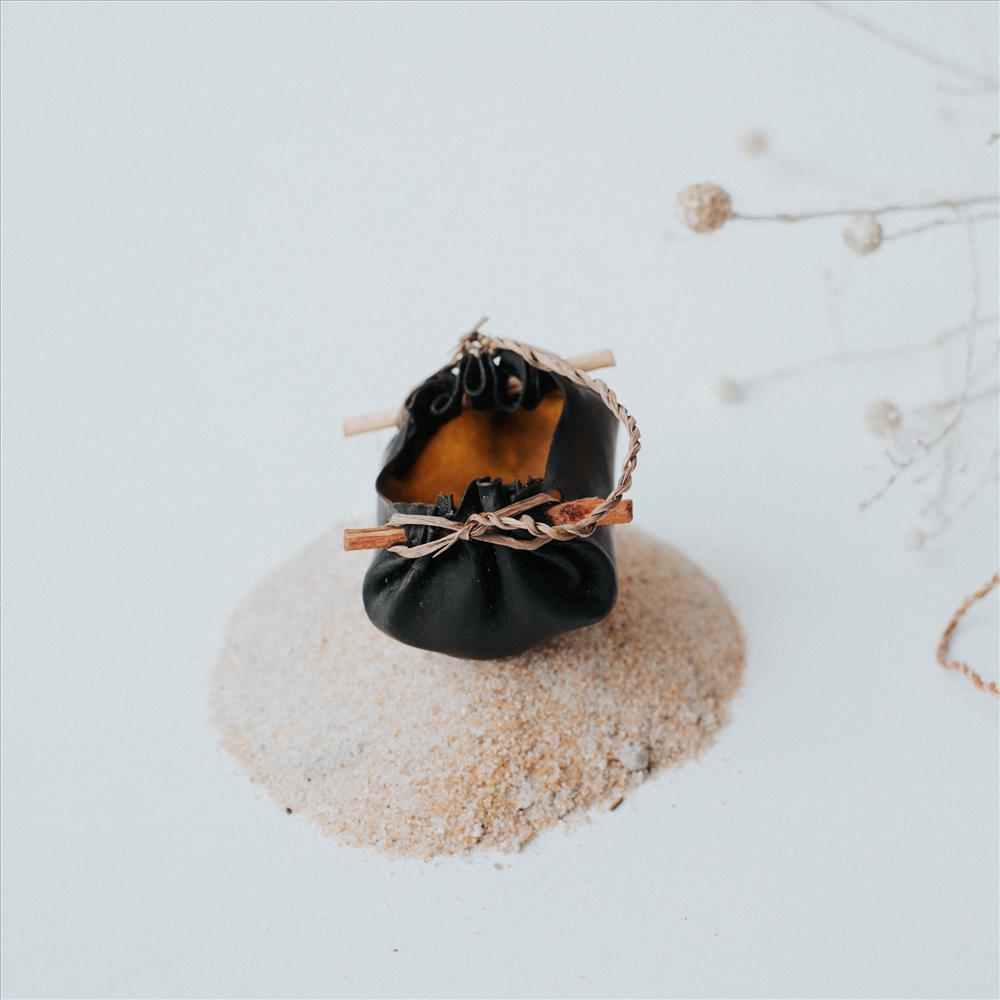
Kelp Water Carrier
$120.00 Baluk Arts -
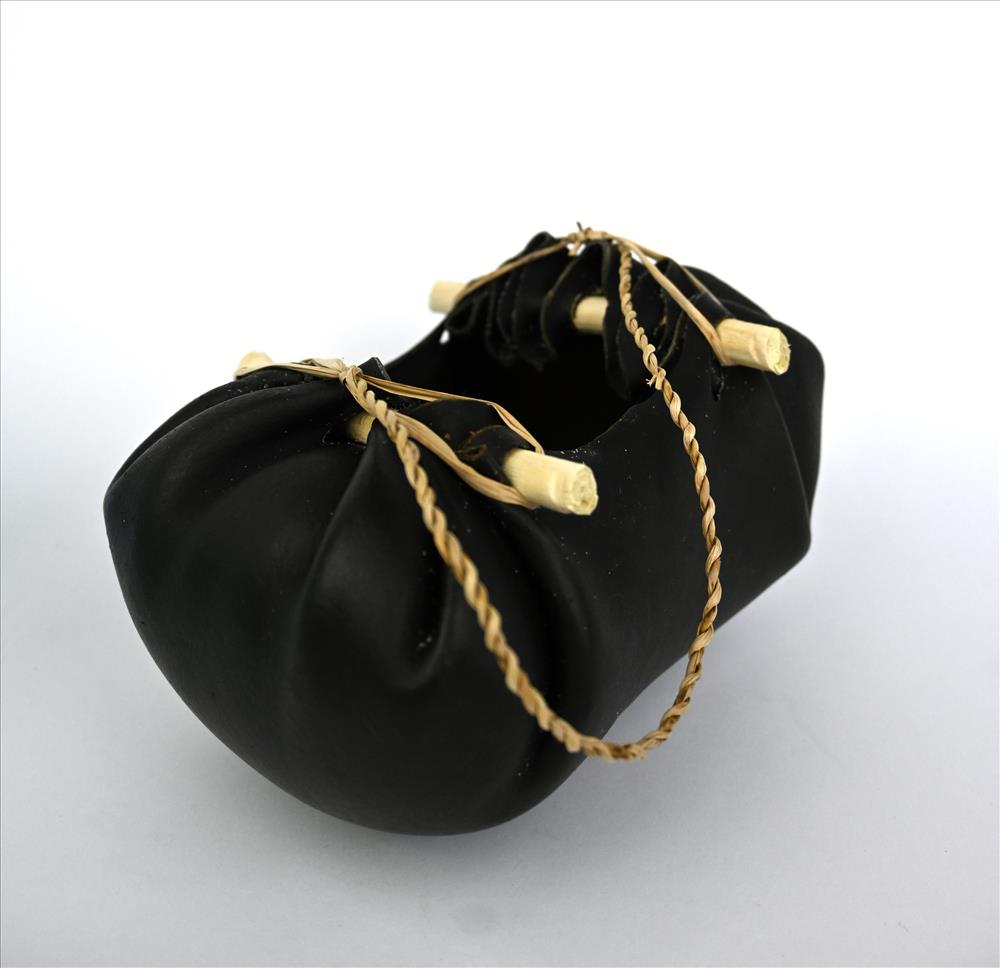
Kelp water carrier
$1,800.00 Baluk Arts -
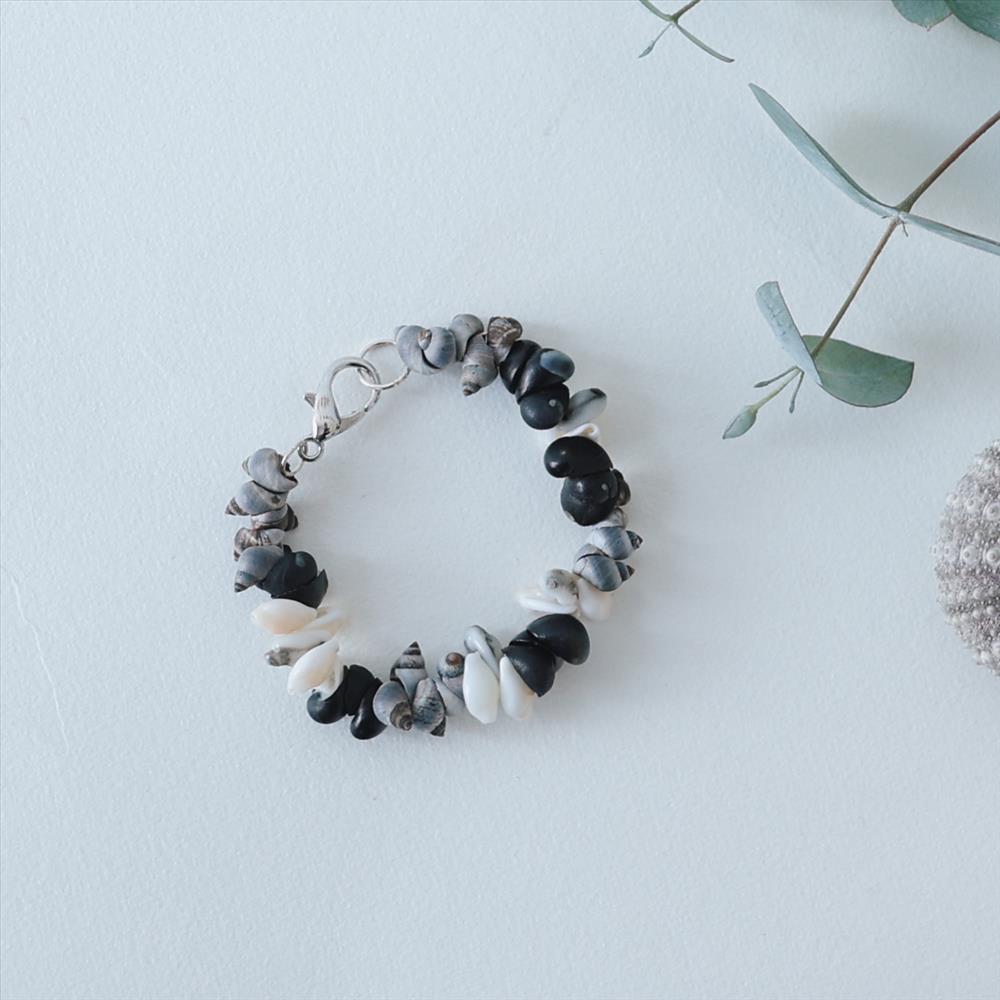
Shell Bracelet
$175.00 Baluk Arts -
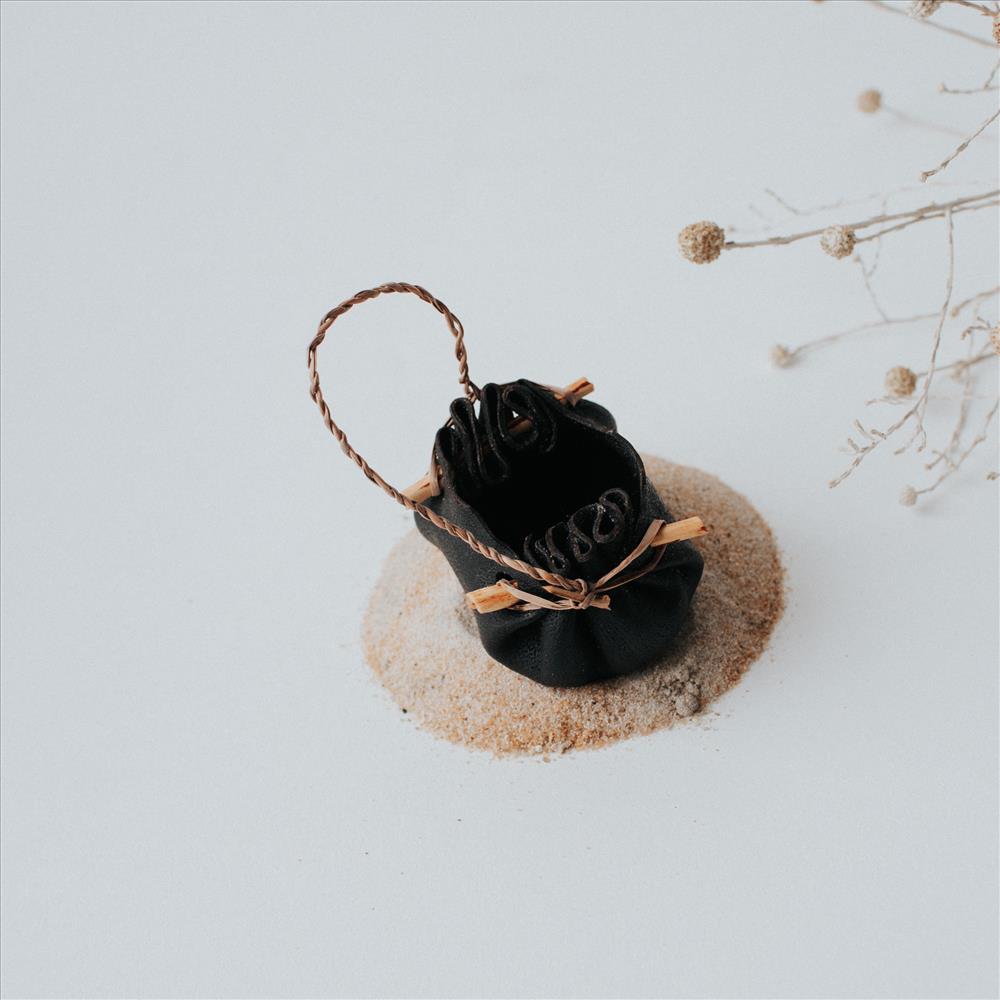 sold
soldKelp Water Carrier, 2023
$160.00 Baluk Arts -
 sold
soldKelp Water Carrier
$160.00 Baluk Arts

Nannette Shaw
Baluk ArtsNannette Shaw is a Tyereelore Elder from Tasmania with ties to the Boonwurrung/Bunurong people of Southern Victoria. She makes traditional bull kelp water vessels in the same way as Tasmanian Aboriginal women in pre-colonial times.
Making of bull kelp vessels was traditionally done by the Aboriginal women of the Furneaux Islands group, off the north east coast of Tasmania (including the main islands of Flinders and Cape Barren) and the west coast of mainland Tasmania. Kelp is a material that is specific to and has been used by Tasmanian Aboriginal people for thousands of years. An example of a traditional water carrier dated 1851 can be seen in the British Museum. Such carriers have been found to not only be a practical necessity, but to also be a health-related measure. Kelp contains high levels of iodine, which may be why many of the ‘old people’ on the islands reportedly have few thyroid problems.
Bull kelp vessels were traditionally used to collect and store fresh water. It became a custom of Palawa women over many generations. Due to the devastation of Tasmanian Aboriginal culture and people during the 1800s and 1900s, many lives, languages and cultural practices (such as the art of kelp water container making) were lost.
Tasmanian Elders, including Nannette, are reviving this cultural practice for current and future generations of Palawa people. Nannette started working with kelp in 2002 and was taught by two Tasmanian Aboriginal Elders Aunty Dorothy Murray and Aunty Yvonne Kopper, who took Netty to Shelley Point and taught her how to harvest kelp create water vessels in the traditional way.
Nannette continues to harvest mainly on Bruny Island and Louisa Bay in the south west of Tasmania. This practice connects her to Country and culture, benefits her health and nourishes her soul. Nannette enjoys the sense of connection with her ancestors through her work.




